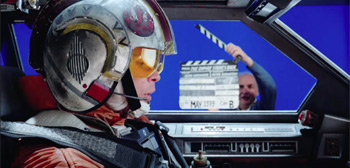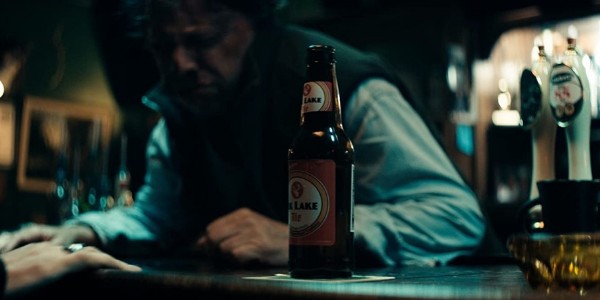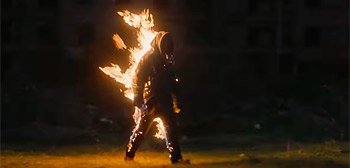Final Fantasy XVI Offers Rich, Detailed World for Gamers to Explore

While Roger Ebert notoriously argued that video games weren’t art, he was also famously enraptured by a film based on one of the form’s most popular franchises. Twenty-two years ago, he wrote about “Final Fantasy: The Spirits Within”: “I have a love of astonishing sights, of films that show me landscapes and cityscapes that exist only in the imagination, and ”Final Fantasy” creates a world that is neither live action nor animation, but some parallel cyberuniverse.” I wonder what he would think about an experience like “Final Fantasy XVI,” a game of landscapes that exist only in the imagination, and an installment in a franchise that has been consistently popular and influential for over 35 years. Released last month exclusively (for now) on the PlayStation 5, the latest installment in this massive, epic series of games has little connection to “The Spirits Within,” but it maintains that artistic aesthetic. “Final Fantasy” games don’t tell a continuous story, working more like an anthology series that introduces new characters, worlds, and mythologies. However, there’s enough similarity in gameplay and theme to connect them. They’re hero’s journeys, and they’ve been intensely popular for decades because of their undeniable craftsmanship and ambition. The newest game is massive, a rich piece of world-building that demands attention, and not just for the hours of cut scenes. I wonder if Roger would have admired the “astonishing sights” in those.
While “FF XVI” is undeniably gorgeous, and I admire any game that can put this much effort into its own mythology, I must admit that I have found it less captivating than some of the other recent installments over my dozens of hours played (and yet still not complete, for the record). Heavily inspired by fantasy efforts like “Game of Thrones,” it’s a narrative experience that requires investment in not just new characters and ideas but the complex world in which they exist. I found the visuals of “FF XVI” much more engrossing than the story, which spins around the same ideas through repetitive cut scenes and conversations. The repetition issue also dogs a lot of the mission structure, especially side quests, which can be as shallow as walking into a room and talking to the right person. However, there’s a commitment to the artistic process of video game world-building here that’s undeniable. It’s all about those landscapes and cityscapes that only exist in the imagination.
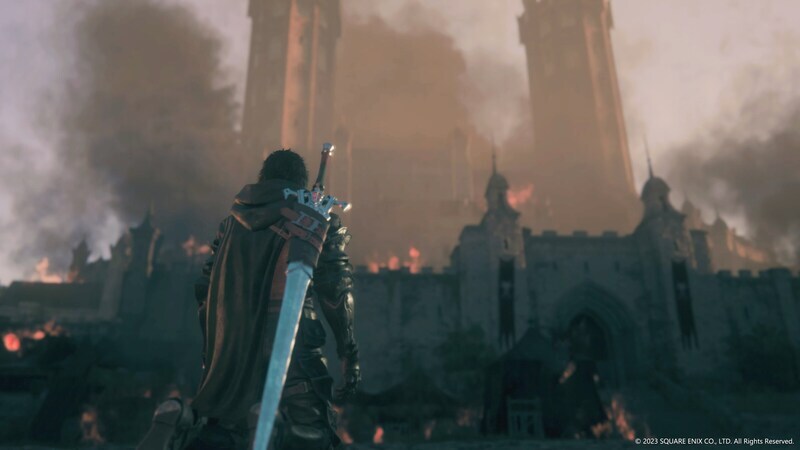
“Final Fantasy XVI” unfolds in a land called Valisthea, a setting similar to Westeros in the way it’s divided into different warring factions in the face of something that could destroy them all. There are no dragons here, but there are Eikons: Giant, magical creatures based on the elements. These Gods are controlled by hosts called Dominants, and a new Eikon named Ifrit has caused drama across Valisthea. You play the appropriately brooding Clive Rosfield, the son of a ruling family in one of the regions of Valisthea known as Rosaria. When Clive’s father is killed, his brother becomes able to use the power of the Eikon Phoenix, and is murdered by the aforementioned Ifrit.
Got that? It’s the tip of the iceberg, just the beginning of a story that’s incredibly detailed with its own mythology. The game takes place over many years as Clive travels the land in an effort to both save it and get to the bottom of his role in all of this chaos, including his ability to use the powers of various Eikons. Like most “Final Fantasy” games, it is dense with lengthy cut scenes that require investment in the characters and their destinies. I am many hours into the game, and I have yet to be fully enraptured in this story like I am the best fantasy games, even as I admire the undeniable effort. The writers here have devoted a great deal of the development here to legacies, destinies, and other storytelling elements that games often forget.
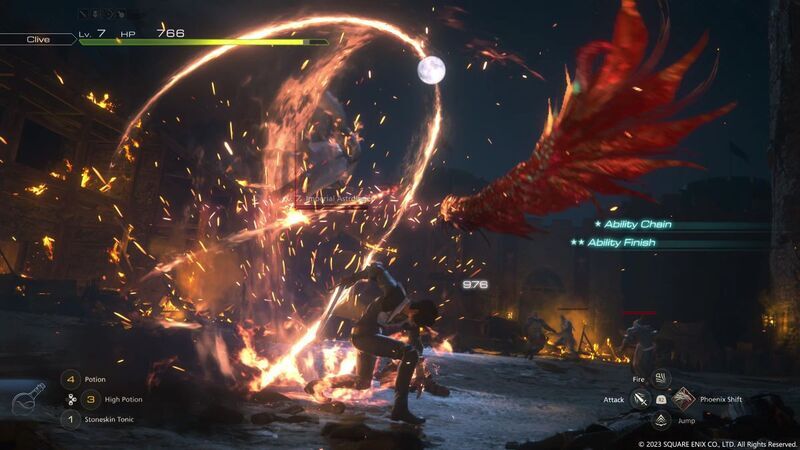
How does it play? “Final Fantasy” was often known for turn-based combat, but this version is a more hack-and-slash, action-based experience. It starts as a simple balance of melee and magic attacks that can be modestly customized, and Clive unlocks increasingly powerful combat techniques as the game progresses. Like most RPGs, “Final Fantasy XVI” contains ability and item management, but it’s awfully shallow here. I keep picking up crafting materials that have almost no discernible purpose, or visiting vendors who have weapons that are inferior to my own even though I have a ton of “gil” to spend on them. Even the abilities that I can upgrade seem to follow a rather predictable track. If there’s a common complaint against “FF XVI” out there, it’s that it’s an RPG that doesn’t have enough RPG elements in it. Yes, you can pick 2-of-3 powers for each Eikon branch you unlock, but that’s pretty shallow customization. It’s a game that’s so deep in mythology that one wishes it was deeper in control over your role in it.
However, every time I get frustrated with “Final Fantasy XVI” on one side, there’s something about it that impresses me on the other. Yes, the environments can look a little blandly barren, but then a boss fight will sprout up that’s incredibly well-crafted and memorable. Yes, the storytelling will feel repetitive but then there will be a musical sequence by composer Masayoshi Soken that’s unforgettable—the music here is stunning, as is usually the case in this series. Yes, the side quests will feel like a drag, but then the combat systems will expand one more time and really impress with the way the action is enhanced in a new way.
I have about half of the massive game (60 hours) to play, and so it could still capture my imagination like “Final Fantasy: The Spirits Within” did for Roger so many years ago. I suspect that my opinion won’t shift much—and felt both that I had enough time invested to share it and that the basic pros and cons of the game are pretty entrenched by this point—but I’m interested to see where this journey ends. There’s a reason this franchise has been so beloved for literal generations at this point, and that 3 million people have played this title already. Roger understood the potential when a creative team takes a magical universe as seriously as the “FF” people have with most of their properties. In that same review, he wrote, “In reviewing a movie like this, I am torn between its craft elements and its story.” While video games and films are undeniably different beasts, I feel the exact same way about a “Final Fantasy” experience all these years later.
The publisher provided a review copy of this title.
